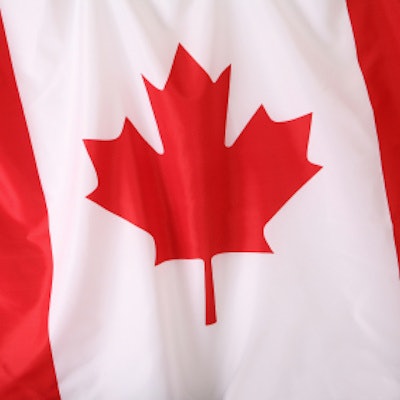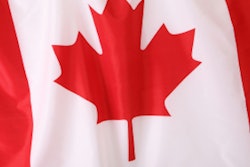
A dispute has erupted in Ontario over the role that radiologists and other medical specialists play in the healthcare system of the Canadian province. The debate was sparked by an article claiming that radiologists have benefited from a "technology windfall" in spending on medical technology that has been funded by taxpayers.
The imbroglio began with a January 18 editorial in the Star newspaper by Dr. Bob Bell, a general physician and cancer surgeon who last year retired as Ontario's deputy minister of health. Bell's editorial was sparked by a vote in November 2018 by eight medical specialties -- including radiology -- to leave the Ontario Medical Association (OMA) and form a new group. The group, the Ontario Specialists Association (OSA), would negotiate directly with the provincial government over issues such as reimbursement.
Bell took issue with the move, accusing Ontario specialists of trying to protect "high incomes resulting from Ontario taxpayers investing in the technologies or practice changes that support their specialties."
Bell took radiologists, in particular, to task, noting that three of the eight groups -- diagnostic imaging, neuroradiology, and nuclear medicine -- were imaging specialists. He claimed that over the past 20 years, Ontario radiologists increased their billing by 163% to earn an average salary of $560,000 Canadian ($428,000 U.S.) per year. At the same time, provincial government data showed that radiologists worked 12% fewer days in 2015/2016 than in 1992/1993, Bell claimed.
He believes these trends are the result of a "technology windfall" in spending by the Ontario government to buy items such as MRI and CT scanners. Radiology billing has grown by 3,400% for MRI scans and by more than 400% for CT scans.
The Ontario government is now recommending that fees be reduced by 1% for radiologists and other specialists. The proposal was initially endorsed by the Ontario Medical Association -- an action that probably spurred the specialists to leave and form their own association to negotiate reimbursement directly with the province.
Bell is calling for the Ontario government to take a hard line and not hold separate negotiations on fees with specialists, a move he believes would leave "their technology windfall protected forever."
However, in a January 30 rebuttal in the Star, academic radiologist Dr. Andrew Chung accuses Bell of perpetuating "negative, ill-informed rhetoric" that singles out radiology unfairly and fails to take into account the specialty's complexity. Image interpretation has become much more complex, with each study consisting of hundreds of images, each of which has higher resolution -- and thus more data to interpret -- than before.
At the same time, the volume of imaging has increased, and other clinicians are becoming increasingly reliant on consultations with radiologists.
"No other profession would expect that as the task becomes more complex, and as the information they provide becomes more accurate and more valuable to their clinical colleagues, their work would subsequently incur a drop in remuneration," Chung wrote.




















